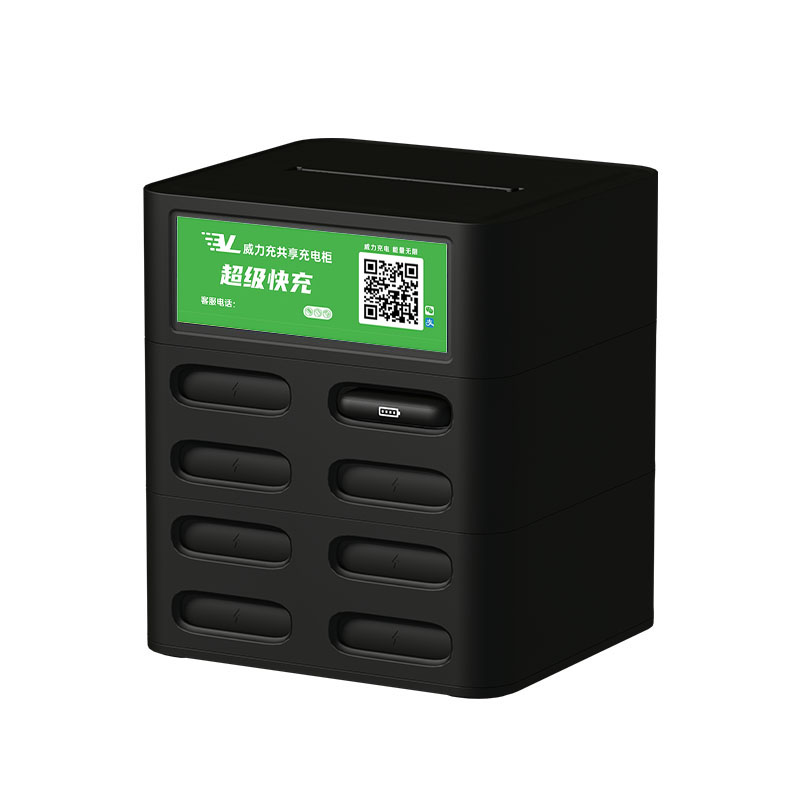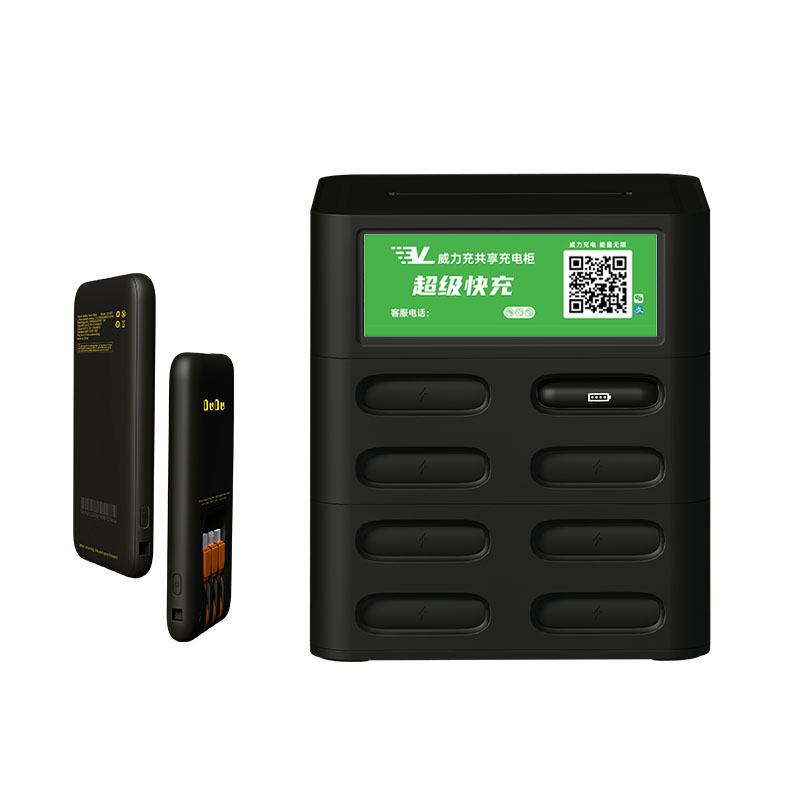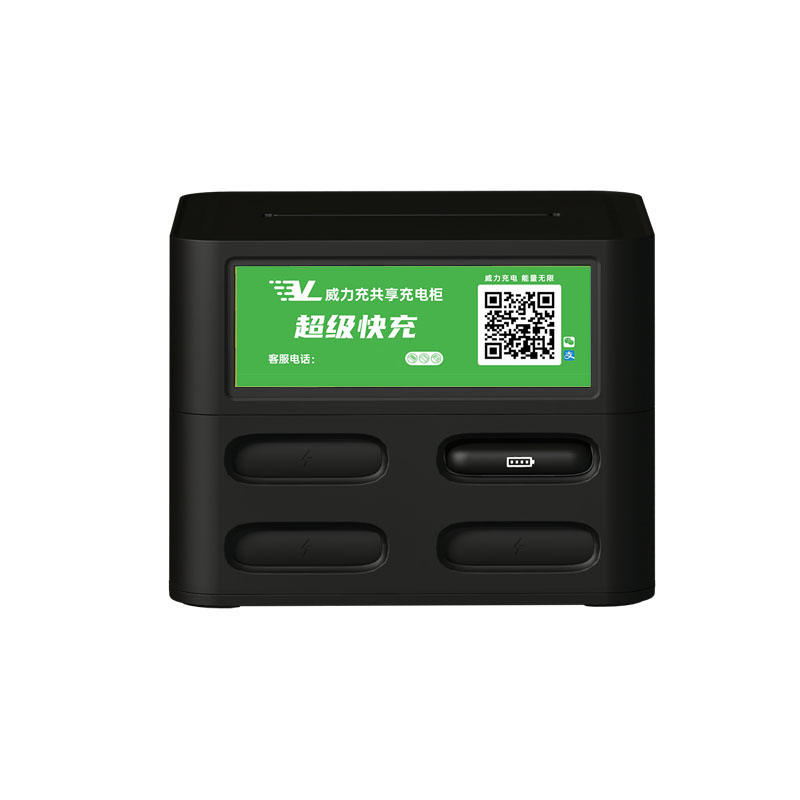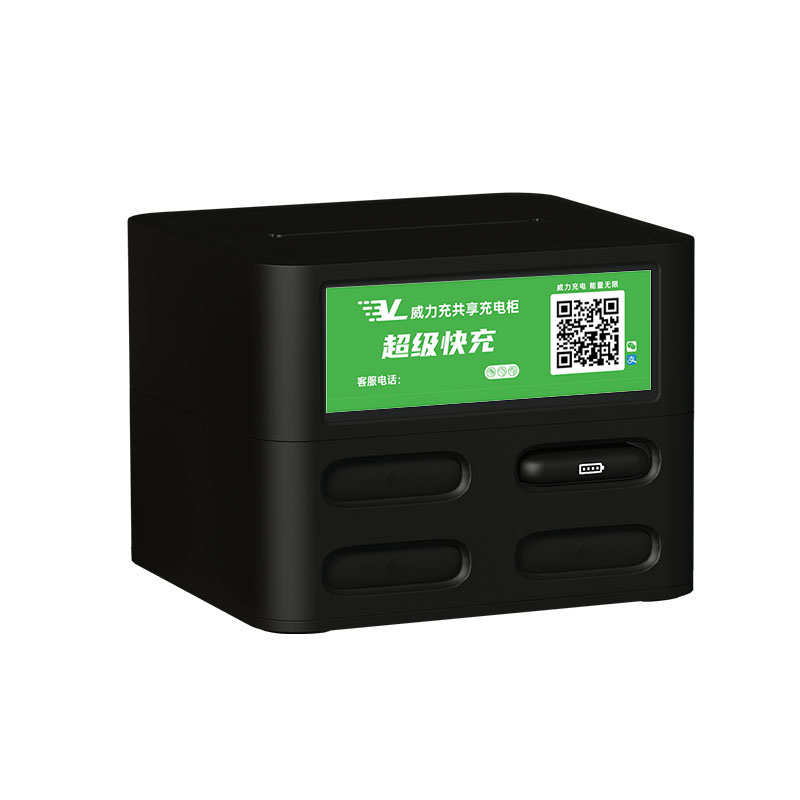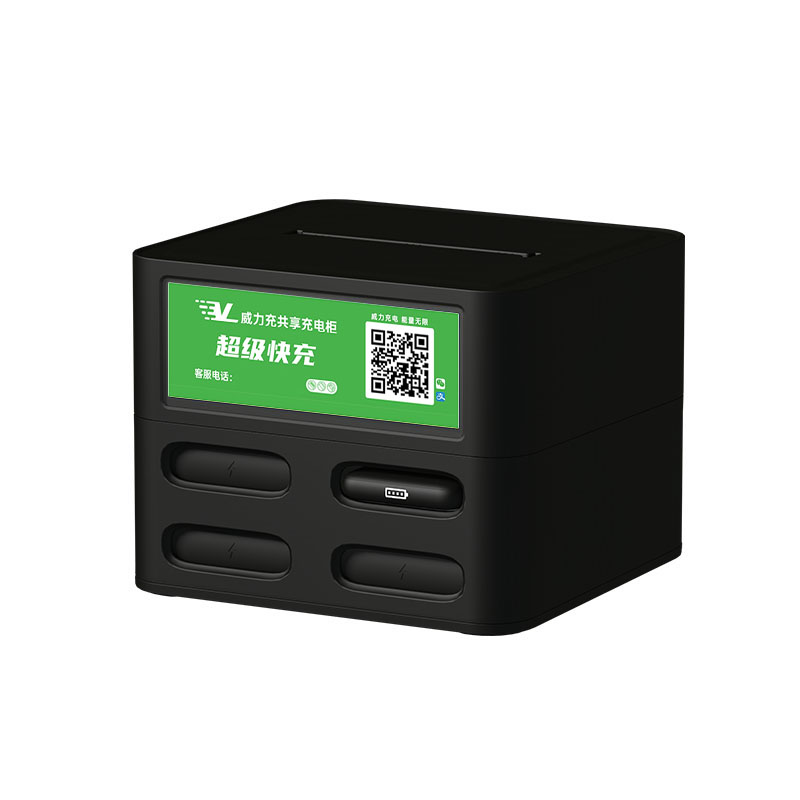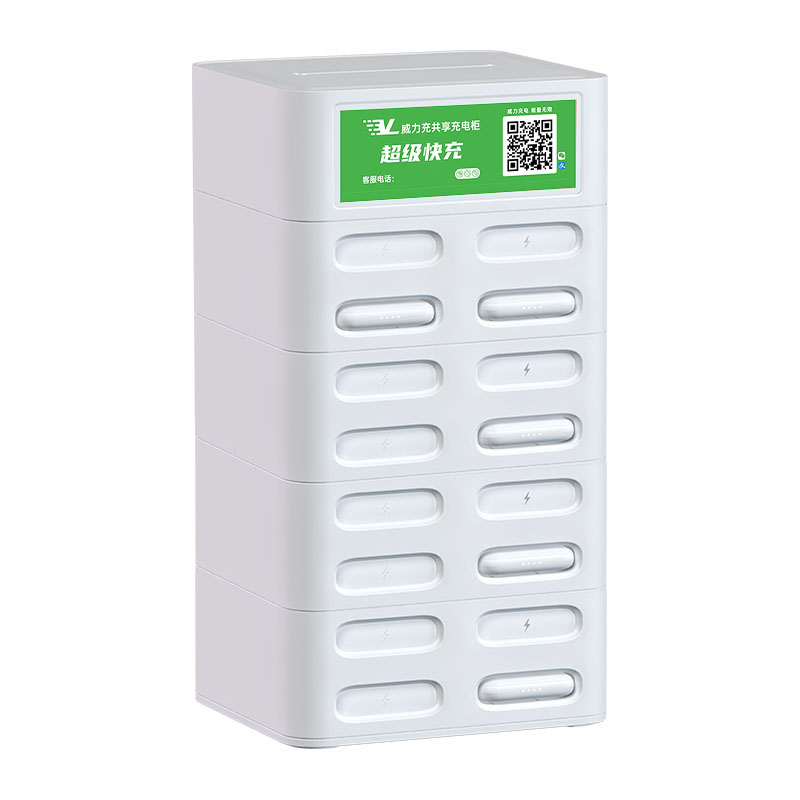Choose the appropriate brand of shared power bank
Before applying for advertising, it is necessary to choose a suitable franchisee for shared power banks. You can search for relevant information online and consult about franchise policies.
Understand the advertising process and requirements
Before applying for advertising, it is necessary to have a detailed understanding of the advertising process and requirements. Different franchisees may have different processes and requirements, so it is necessary to carefully understand and prepare the necessary materials.
The first method is to apply for advertising for free. You can contact local shared power bank agents to apply for the placement of power banks and directly discuss profit sharing matters.
The second option is to purchase equipment and become an agent. Many shared power bank brands allow a single device to act as an agent and provide an independent app backend for remote device management, with orders settled and credited in real-time. The equipment cost is low and can usually be recouped in about three months. Through this method, you can directly connect with the headquarters, control system, and avoid the complex problem of splitting with others. This is an ideal way of advertising.

